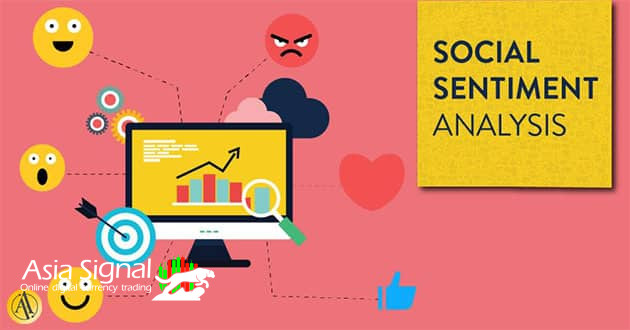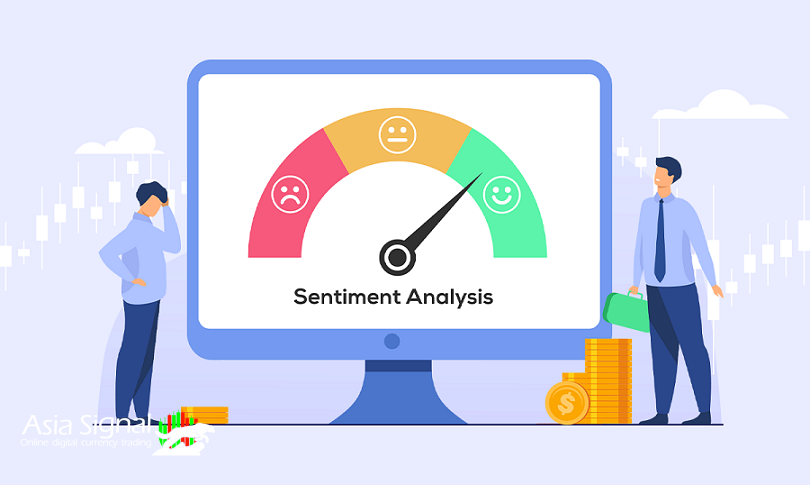Understanding Sentiment Analysis: Unveiling the Power of Emotion in Data
In the digital age, we generate and consume vast amounts of textual data every day, from social media posts to product reviews and news articles. Within this sea of text lies a treasure trove of information, insights, and emotions waiting to be uncovered. Sentiment analysis, a fascinating branch of natural language processing (NLP), enables us to tap into this treasure chest, allowing us to gain valuable insights into the feelings, opinions, and attitudes of individuals and communities. In this article, we will delve into the world of sentiment analysis, exploring its definition, applications, methods, and the impact it has on various industries.

What is Sentiment Analysis?
Sentiment analysis, often referred to as opinion mining, is a technique used to determine the sentiment or emotional tone expressed in a piece of text, whether it be positive, negative, or neutral. This process involves analyzing text data to understand the underlying emotional state or opinion of the author. The goal of sentiment analysis is to extract subjective information from text, helping us understand how people feel about specific topics, products, services, or events.
Applications of Sentiment Analysis
1. Customer Feedback and Reviews: Sentiment analysis is widely used in business to analyze customer reviews and feedback. By gauging customer sentiment, companies can identify areas for improvement, track product performance, and enhance customer satisfaction.
2. Social Media Monitoring: Social media platforms are rich sources of user-generated content. Sentiment analysis helps organizations monitor brand perception, track trends, and respond to customer concerns in real-time.
3. Market Research: Businesses use sentiment analysis to understand market trends and consumer preferences. This information is invaluable for making data-driven decisions, developing marketing strategies, and launching new products.
4. News Analysis: Sentiment analysis can be applied to news articles to gauge public opinion on various topics. Journalists and media organizations use this data to tailor their content and understand the impact of news stories.
5. Political Analysis: Political campaigns and governments use sentiment analysis to gauge public opinion, track election sentiment, and identify key issues that resonate with voters.
6. Healthcare: In healthcare, sentiment analysis can be applied to patient reviews and feedback to assess the quality of care provided by medical facilities and healthcare professionals.

Methods of Sentiment Analysis
Sentiment analysis can be approached in several ways, ranging from rule-based systems to machine learning algorithms. Here are some common methods:
1. Rule-Based Systems: These systems rely on predefined rules and lexicons to assign sentiment scores to words or phrases. For example, a positive word like "excellent" might receive a higher score than a negative word like "terrible."
2. Machine Learning: Machine learning techniques, such as supervised learning and deep learning, can be used to train models to classify text into sentiment categories. These models learn from labeled data and can achieve high accuracy when properly trained.
3. Hybrid Approaches: Some sentiment analysis systems combine rule-based and machine learning approaches to improve accuracy and handle nuanced language.
Challenges in Sentiment Analysis
While sentiment analysis has come a long way, it still faces several challenges:
1. Sarcasm and Irony: Detecting sarcasm and irony in text can be challenging, as these expressions often convey sentiments opposite to their literal meaning.
2. Context and Ambiguity: The same word can have different sentiments in different contexts. For example, "cold" can be negative in a restaurant review but positive in a weather report.
3. Multilingualism: Sentiment analysis must adapt to multiple languages and cultural nuances, making it a complex task in global contexts.
4. Subjectivity: Sentiments can be highly subjective, varying from person to person. A single piece of text can be interpreted differently by different readers.
Conclusion
Sentiment analysis is a powerful tool that unlocks valuable insights from textual data. Its applications span various industries, enabling businesses, governments, and individuals to make informed decisions, improve products and services, and better understand public sentiment. As technology continues to advance, sentiment analysis will evolve, becoming even more accurate and adaptable, and further solidifying its place in the world of data analytics.
looking for Leaked crypto signals ? just follow Asiasignal.

















Comments